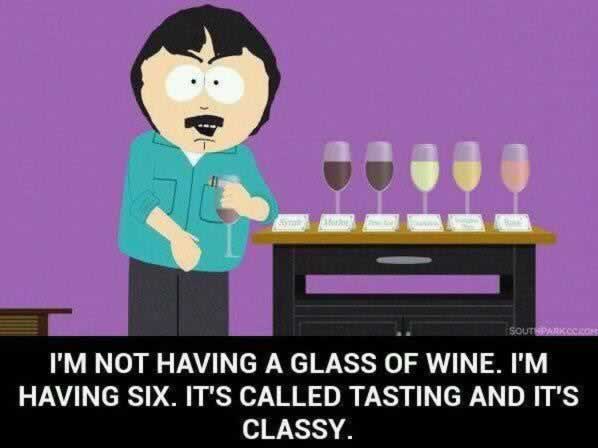thedrinksbusiness.com | 18 February 2019
Industry body New Zealand Winegrowers has teamed up with podcast creator Lawrence Francis of Interpreting Wine in order to provide in-depth coverage of its annual tasting.
 The podcast series will take the form of seven episodes, featuring interviews with four winemakers and three regional masterclasses.
The podcast series will take the form of seven episodes, featuring interviews with four winemakers and three regional masterclasses.
The first episode will be unveiled today (18 February) with all seven due to be released by 24 February.
The podcasts are available free of charge on major platforms including Spotify and iTunes. They will also be made available on the New Zealand Winegrowers website at a later date.
The episode schedule is as follows: episode one, Jamie Marfell, group winemaker at Pernod Ricard; episode two, Warren Gibson, winemaker at Trinity Hill; episode three, Sam Bennett, winemaker at Te Pa Wines; episode four, Kevin Judd, winemaker and owner at Greywacke; episode five, Rebecca Gibb MW, a masterclass on Central Otago, episode six, Ronan Sayburn MS and Kevin Judd, a masterclass on Marlborough; and episode seven, Rebecca Gibb MW, a masterclass on Hawke’s Bay
Europe marketing manager at New Zealand Winegrowers, Chris Stroud, commented: “We were delighted when Lawrence approached us to cover our annual tasting on his podcast. This series allows people who were not able to attend our tasting the opportunity to hear directly from the winemakers and learn from the regional masterclasses. We hope it brings a flavour of New Zealand to them.”
Lawrence Francis, content director at Interpreting Wine added: “Podcasting is a versatile and effective tool for wine communication. I know farmers who listen to the show on their tractors and others who play it while driving or working off their wine calories in the gym. In September 2018 Ofcom found that half of UK podcast listeners are under 35 so I think it’s an excellent way to connect with young wine drinkers.”
New Zealand Winegrowers’ annual London tasting took place on 16 January this year. You can listen to the podcast series here.







 The New Zealand wine industry has recognised the service and dedication of industry icons Mark Nobilo, Jane Hunter and Ivan Sutherland by inducting them as Fellows of New Zealand Winegrowers at the New Zealand Wine Awards dinner held in Wellington last month. The Fellows award recognises individuals who have made an outstanding contribution to the industry.
The New Zealand wine industry has recognised the service and dedication of industry icons Mark Nobilo, Jane Hunter and Ivan Sutherland by inducting them as Fellows of New Zealand Winegrowers at the New Zealand Wine Awards dinner held in Wellington last month. The Fellows award recognises individuals who have made an outstanding contribution to the industry.
